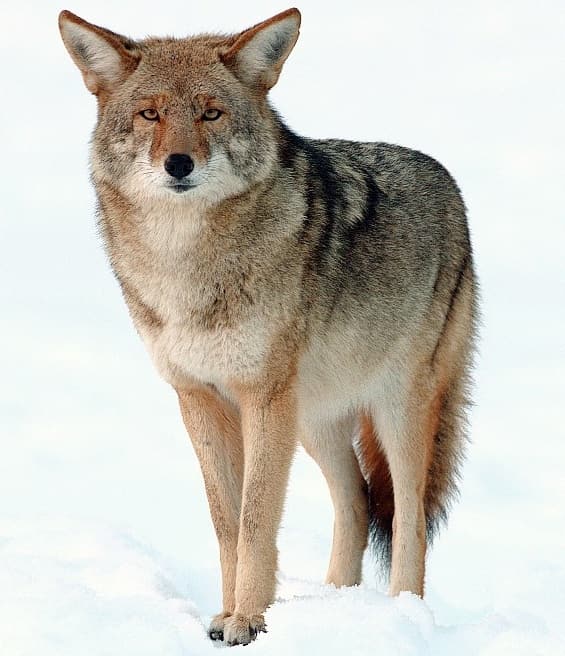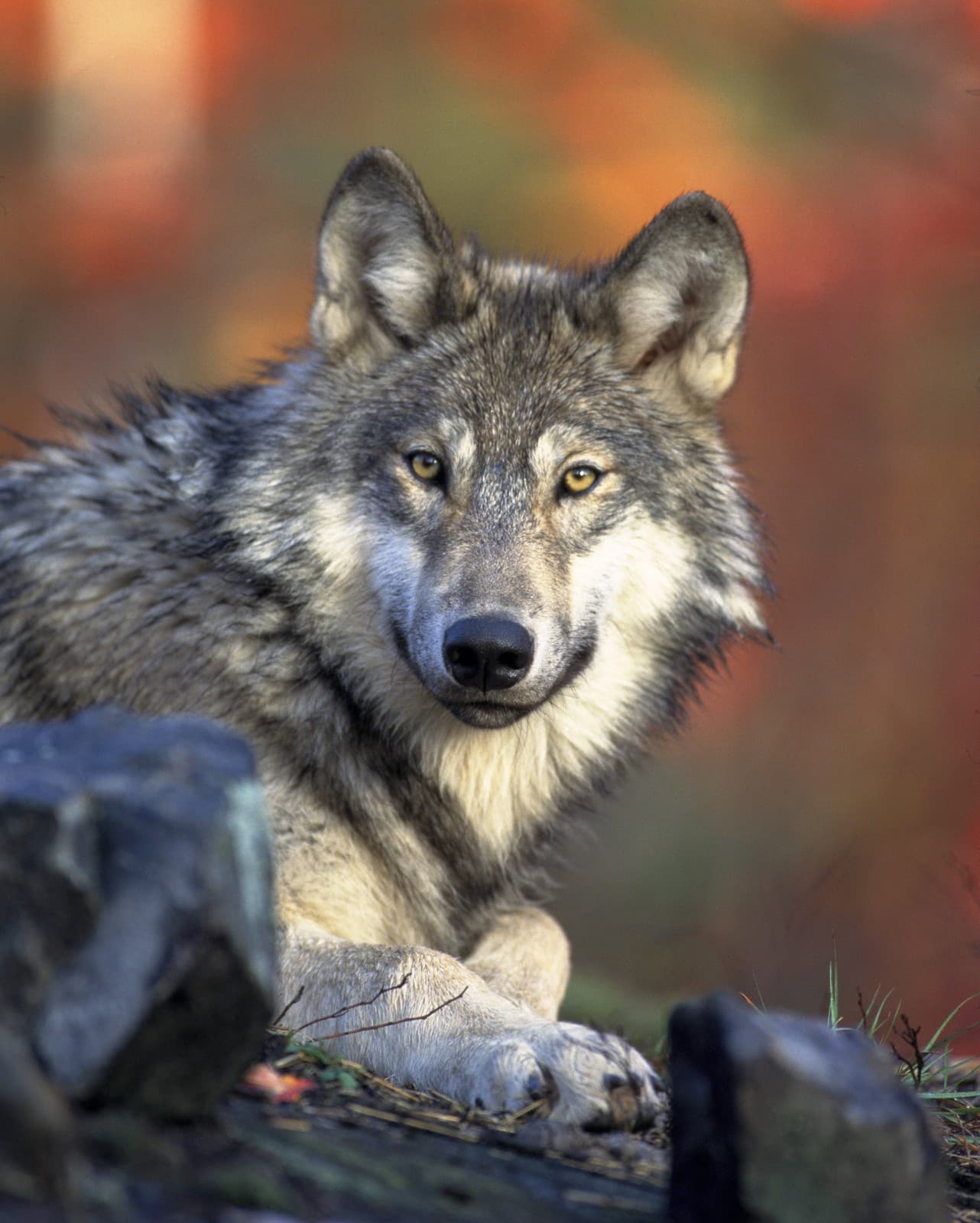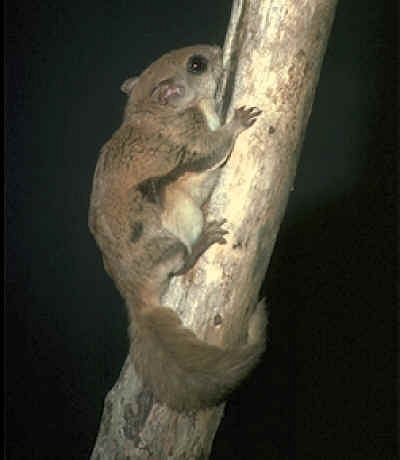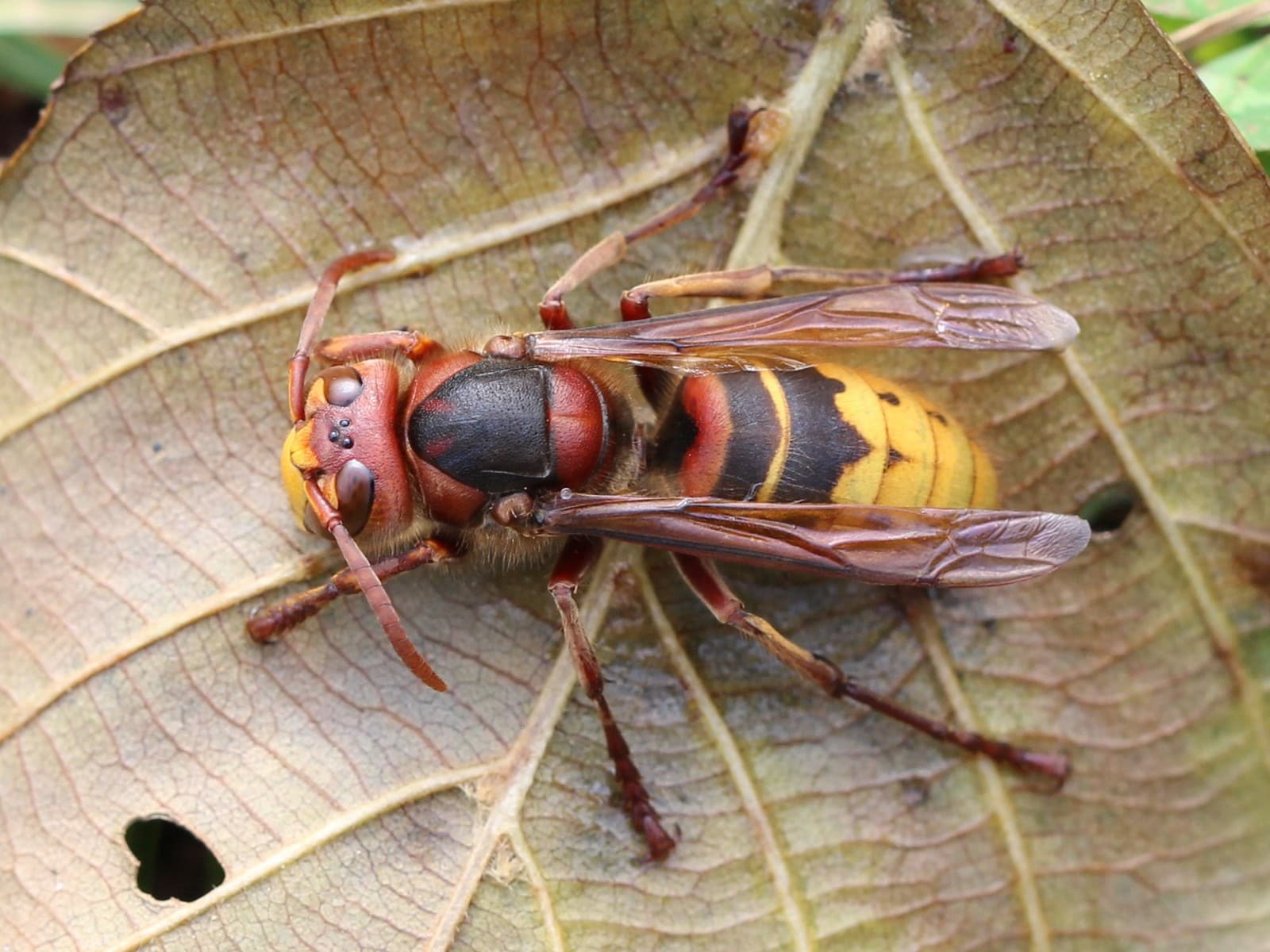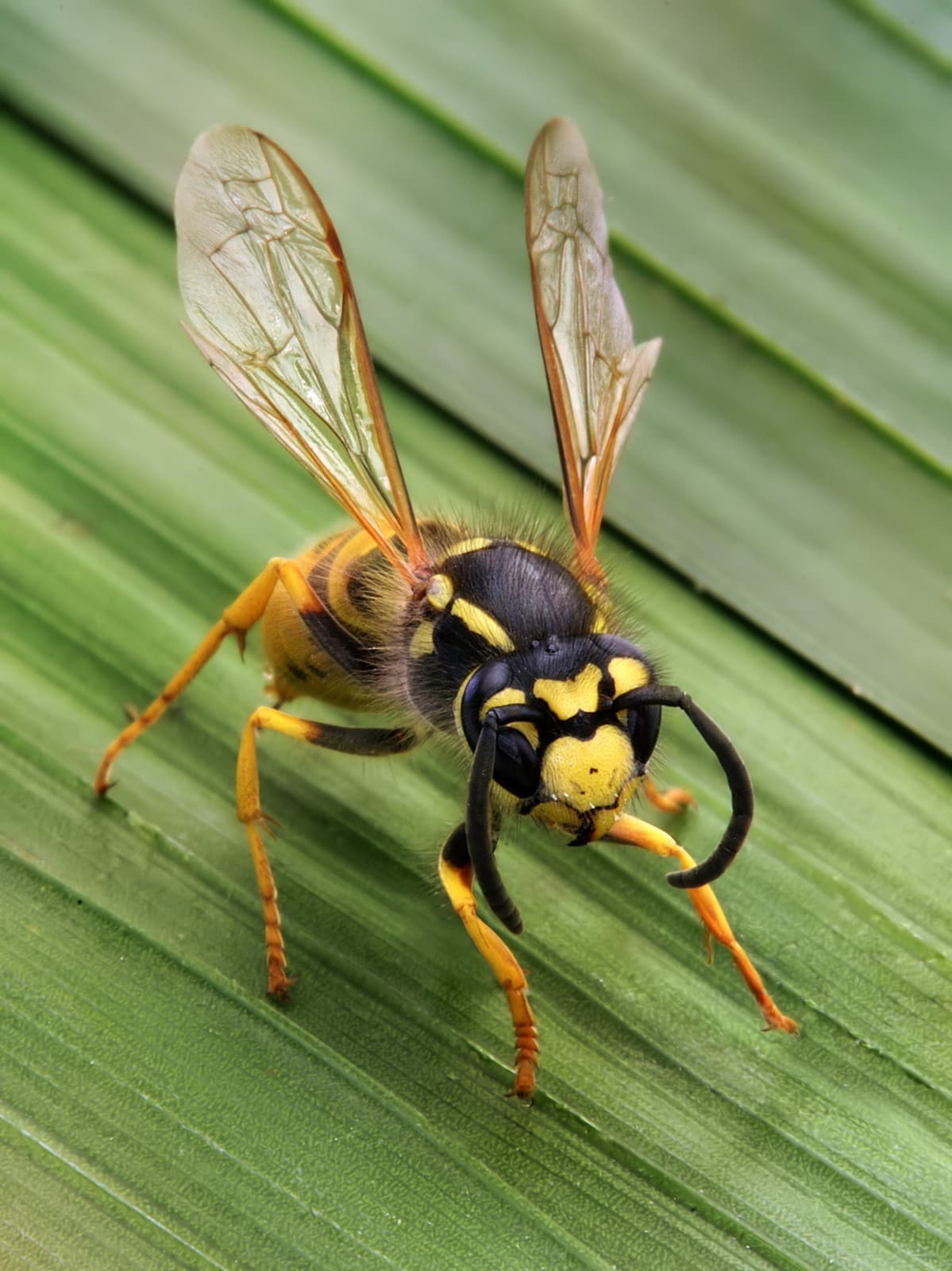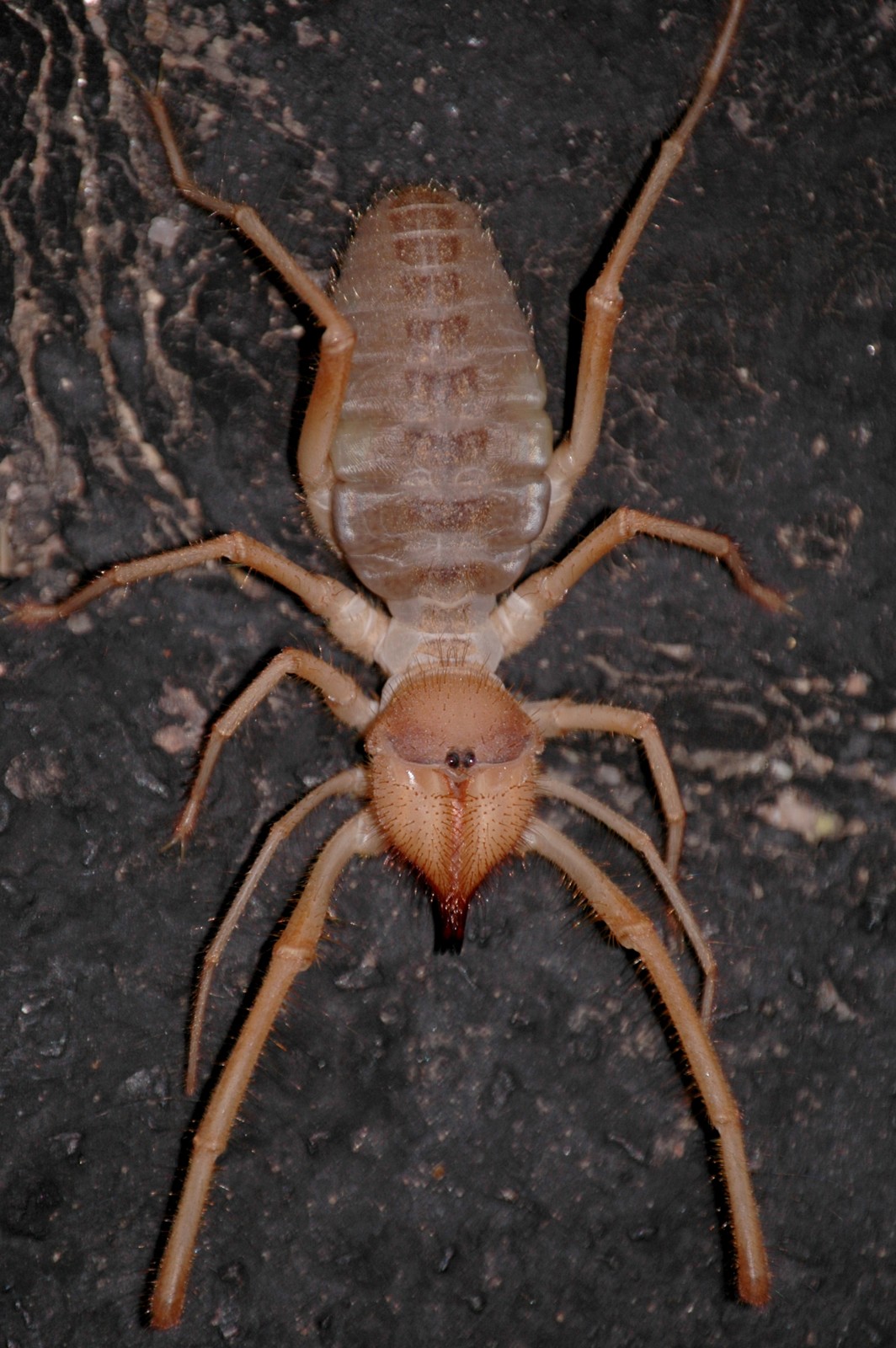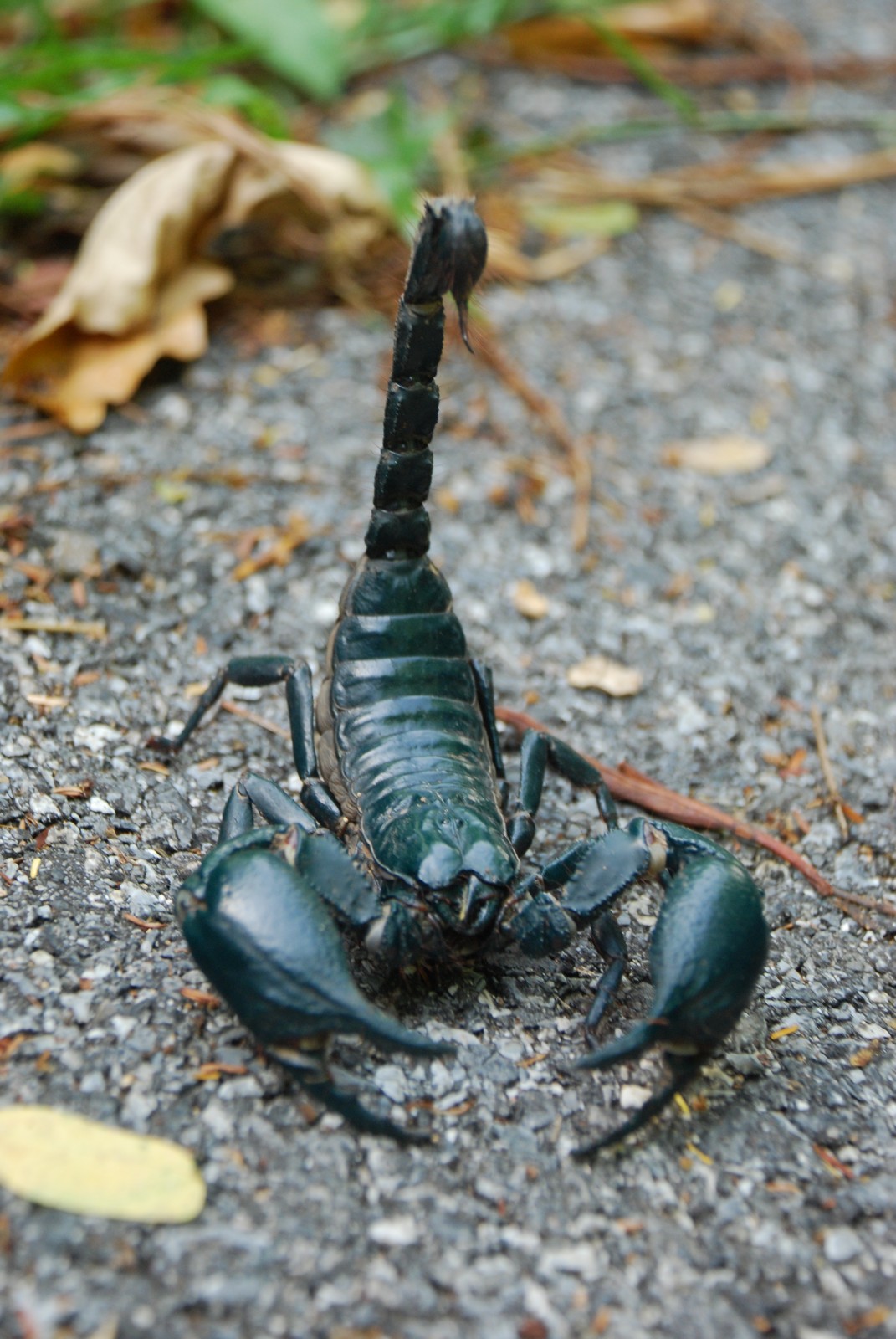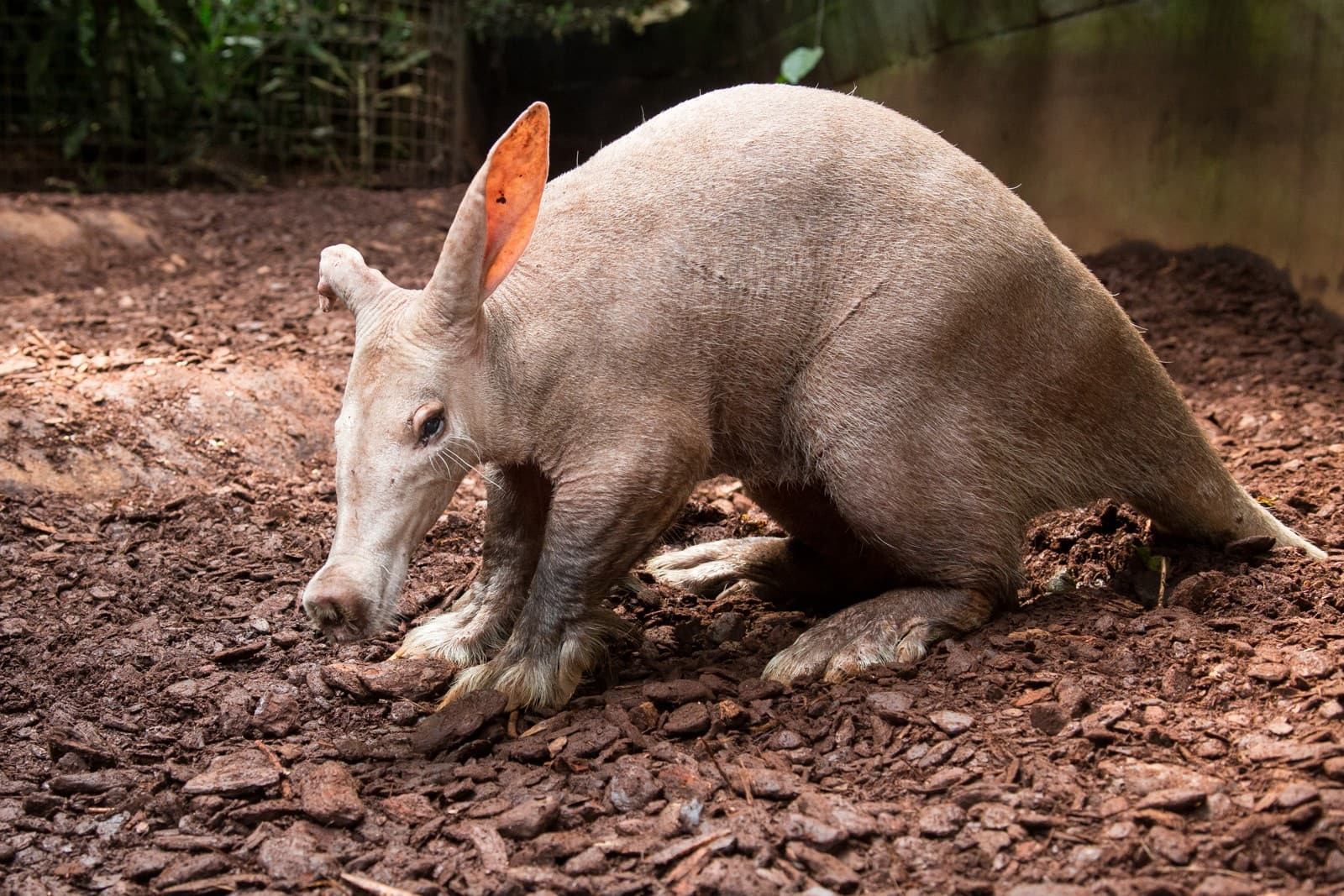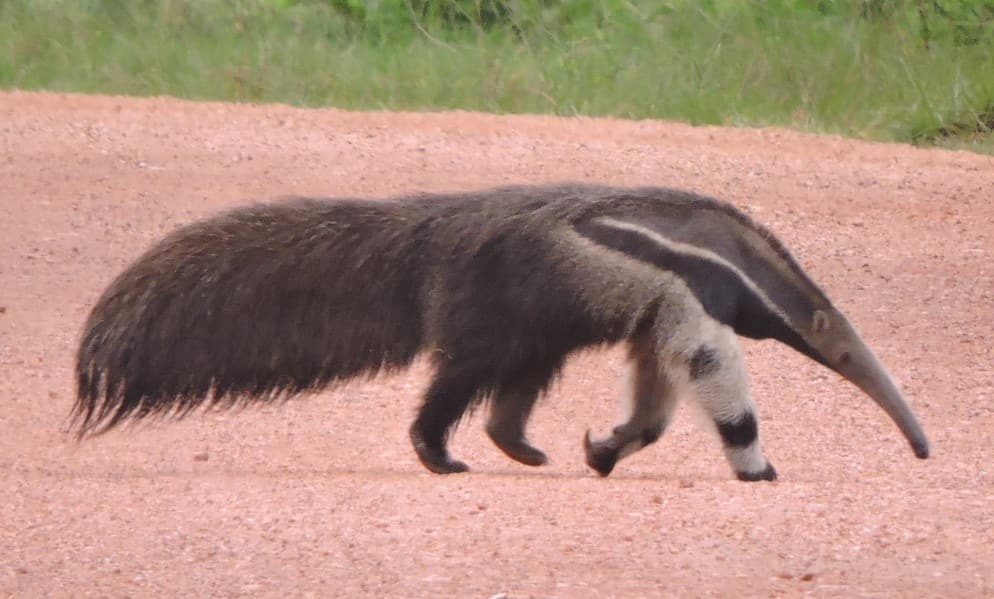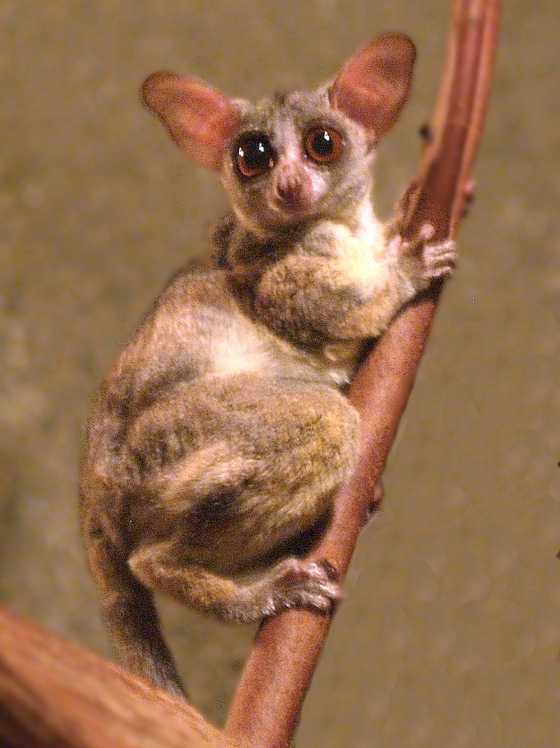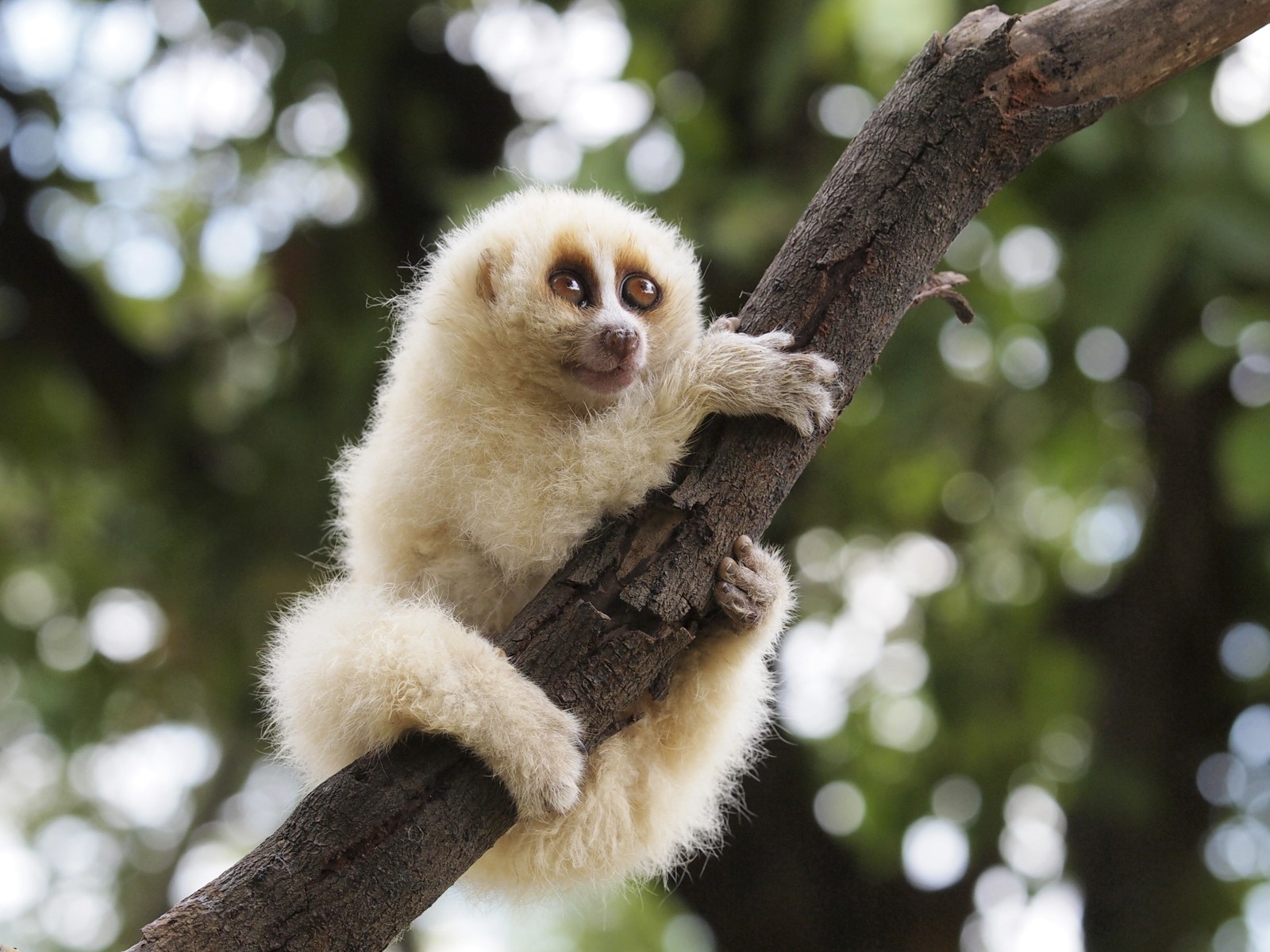Jackal vs Coyote: A Complete Comparison
While jackals and coyotes might appear similar at first glance, these wild canids have evolved distinct characteristics shaped by their separate continents. Jackals, primarily found across Africa and parts of Asia, typically weigh 15-35 pounds (7-16 kg), while North American coyotes are generally larger, weighing 20-50 pounds (9-23 kg). Both species showcase remarkable adaptability but have developed unique hunting strategies and social behaviors suited to their respective environments.
The distinction between jackals and coyotes becomes particularly evident when examining their ecological roles and physical adaptations. Jackals thrive in diverse African landscapes from savannas to woodlands, while coyotes have successfully colonized environments ranging from Arctic tundra to desert regions across North America.
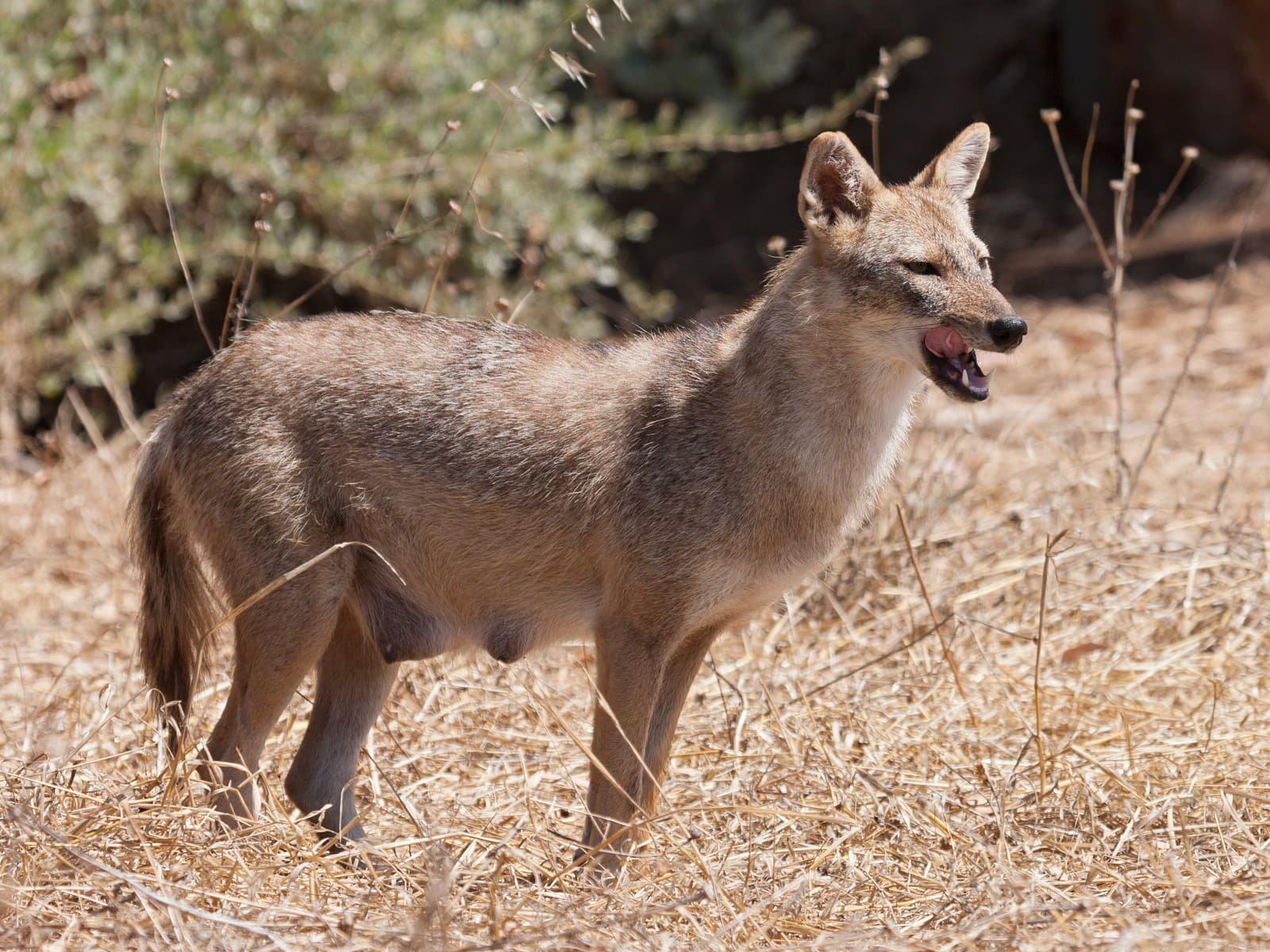
© Artemy Voikhansky / CC BY-SA 3.0
The Black-backed Jackal demonstrates the characteristic compact build and distinctive coloration that sets jackals apart from their coyote cousins. Note the dark saddle marking, a feature absent in coyotes.
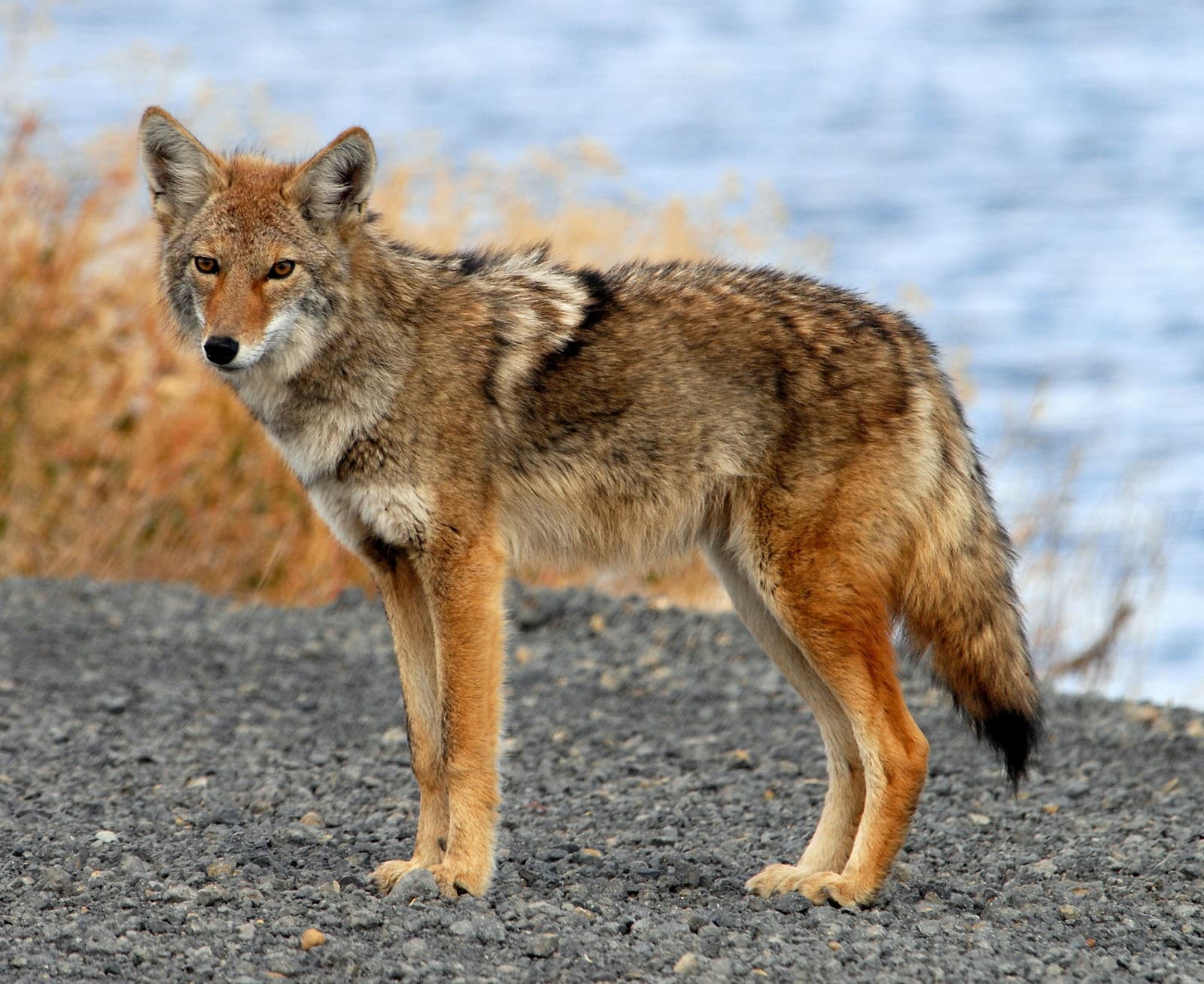
The North American Coyote exhibits its larger size and more robust build compared to jackals. The distinctive bushy tail and longer legs are adaptations for covering vast territories in varied terrain.
Key Physical and Behavioral Differences
| Feature | Jackal | Coyote |
|---|---|---|
| Size | 15-35 lbs (7-16 kg) | 20-50 lbs (9-23 kg) |
| Habitat | Africa, Southern Asia | North and Central America |
| Social Structure | Typically monogamous pairs | Flexible - solitary to pack living |
| Diet | Small prey, carrion, fruits | Varied diet including deer, rabbits, rodents |
| Hunting Style | Opportunistic, often scavenging | Active hunting, strategic pursuit |
| Vocalizations | Short howls, yips | Complex howls, varied vocal range |
Habitat and Distribution
Jackals and coyotes have evolved to dominate different continental niches. Jackals primarily inhabit Africa’s diverse landscapes, from the Serengeti plains to semi-desert regions, with some species extending into southern Asia. Coyotes, meanwhile, have shown remarkable adaptability across North America, successfully colonizing urban environments and expanding their range from Alaska to Panama.
Hunting and Feeding Behavior
The hunting strategies of these canids reflect their environmental adaptations. Jackals typically operate in pairs, focusing on small prey and frequently scavenging larger predators’ kills. Coyotes display more versatile hunting behaviors, capable of taking down larger prey through pack coordination while also thriving as solitary hunters of smaller animals.
Social Structure and Reproduction
While both species show strong family bonds, their social structures differ notably. Jackals maintain strict monogamous partnerships, with pairs defending territories year-round. Coyotes exhibit more flexible social arrangements, adapting between solitary living and pack formation depending on resource availability and habitat conditions.
Who Would Win in a Confrontation?
While direct confrontations between jackals and coyotes don’t occur naturally due to geographical separation, comparative analysis suggests coyotes would likely dominate in theoretical encounters. Their larger size (20-50 lbs vs 15-35 lbs), more robust build, and advanced pack hunting capabilities give them significant advantages. However, both species typically avoid confrontation with similarly-sized predators in their natural habitats.
Conservation Status and Human Interaction
Both species face similar challenges in human-modified landscapes but have shown remarkable resilience. Coyotes have expanded their range significantly following wolf extirpation in North America, while jackals maintain stable populations across their native range despite habitat pressures. Their adaptability to human presence has helped both species survive where other predators have declined.
Ecological Role and Impact
These canids serve as important mesopredators in their respective ecosystems, helping control rodent populations and maintain ecological balance. Their adaptability and opportunistic nature make them crucial players in both natural and human-modified landscapes, though this sometimes leads to conflict with human interests, particularly in agricultural areas.
